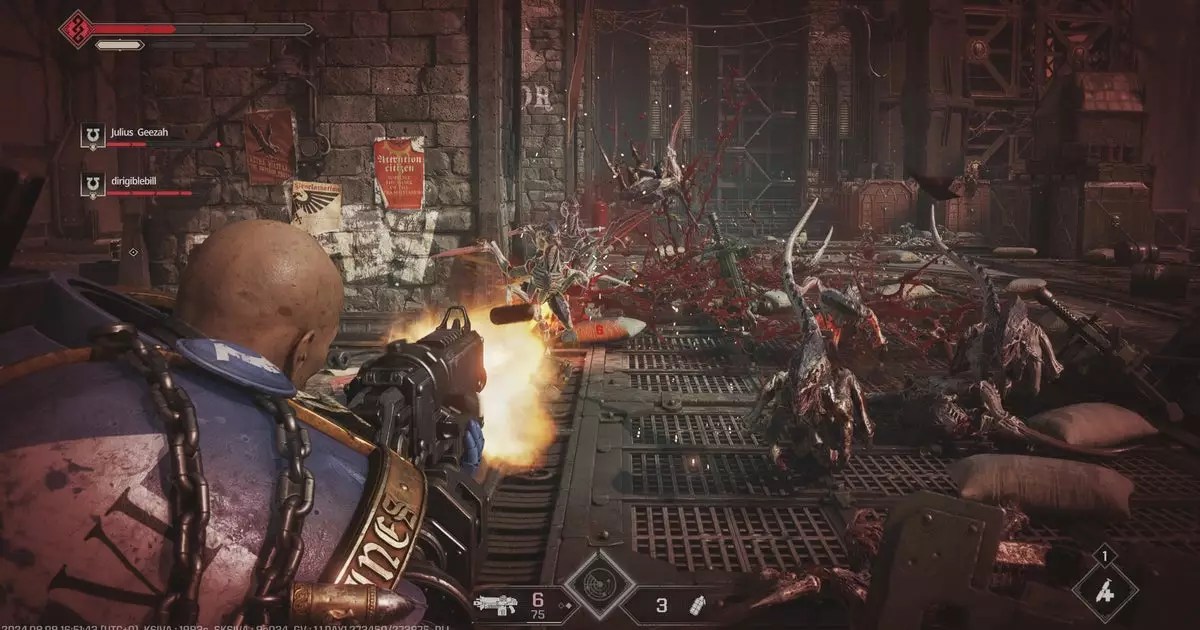In the expansive universe of Warhammer 40,000, where fierce battles and deep lore intertwine, the upcoming release of *Space Marine 2* has sparked discussions about gameplay mechanics. Chief among these is the absence of a Player vs. Player vs. Environment (PvPvE) mode, a design choice emphasized by game director Dmitry Grigorenko. Within the realm of modern gaming, this decision raises intriguing questions about the challenges and intricacies involved in game design, particularly when vying for player engagement.
Grigorenko articulated the aspiration of delivering a seamless PvPvE experience, dubbing it the “holy grail” of game design. This phrase is particularly evocative, suggesting that while the idea of intertwining player interactions with AI-controlled opponents is alluring, the execution proves elusive. Most developers have grappled with this concept, often discovering that the dynamic balance is fraught with complications. The difficulty lies not only in crafting enjoyable experiences for both player types but also in maintaining the game’s integrity when opposing forces collide on the battlefield.
Transforming the abstract idea of engaging in combat on multiple fronts into reality is a daunting task. Grigorenko’s insights cast light on the inherent pitfalls; players might find themselves frustrated by unexpected betrayals from AI opponents while contending with human foes. This potentially chaotic environment would detract from the structured engagement players often desire, leading to an unsatisfactory gaming experience rife with confusion and annoyance.
While the idea of PvPvE sounds innovative, Grigorenko’s perspective underscores a central tenet of game design: coherence is essential for immersion. In the context of *Space Marine 2*, the developers prioritized delivering a more straightforward and focused experience, wherein players engage with one another without the unpredictability of AI interference. This design philosophy aligns tightly with the core essence of *Space Marine 2*, which is grounded in the natural thrill of intense firefights and chaotic melee encounters typical of the Warhammer universe.
A separate gameplay mode could easily dilute the sheer intensity that players expect from a title entrenched in brutal galactic warfare. Maintaining a clear delineation between player combat and AI encounters allows for a more refined and exhilarating combat experience, engaging players on familiar ground rather than driving them into chaotic fray.
The Final Verdict: A Necessary Design Choice
Ultimately, the absence of a PvPvE mode in *Space Marine 2* reflects a thoughtful approach to game design, choosing to focus on the interplay between players rather than complicating the experience with AI-driven chaos. As studios strive to innovate within the gaming landscape, some concepts, while appealing, prove too complex to integrate effectively without compromising player satisfaction. Grigorenko’s insights serve as a reminder that the best gaming experiences often arise from clarity of vision, ensuring that players can fully immerse themselves in the thrilling, albeit brutal, world of Warhammer 40,000.


Leave a Reply